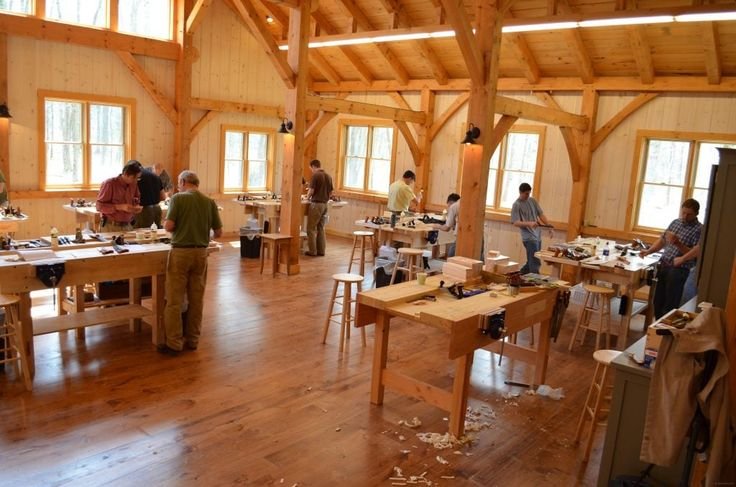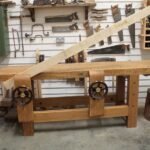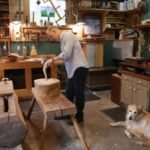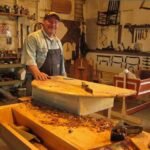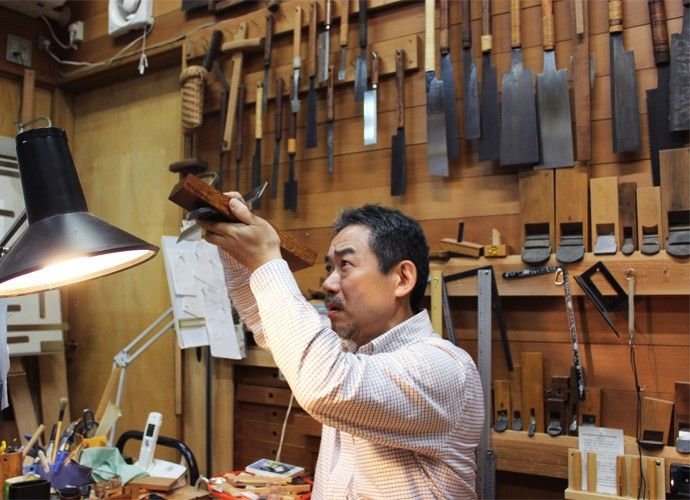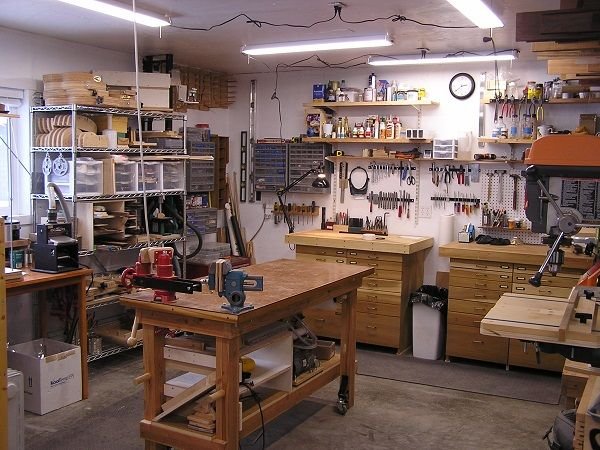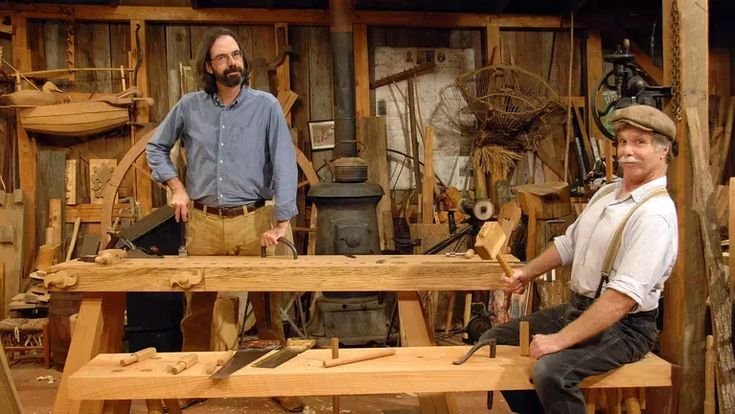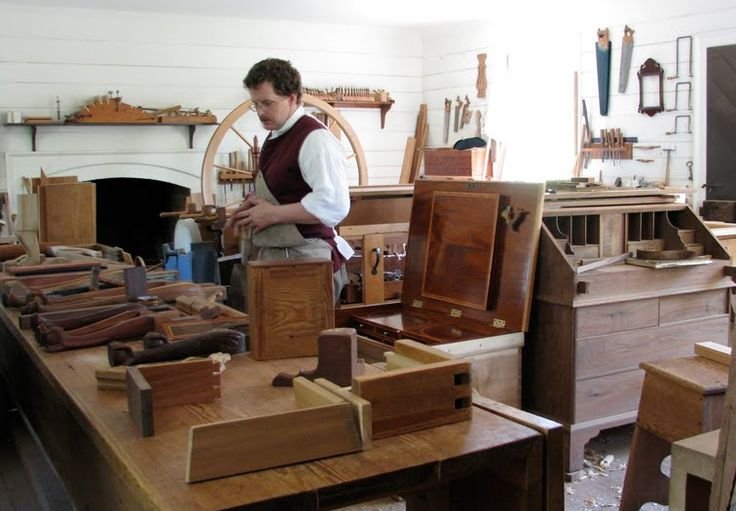The Blue Tornado of Woodworking
I was sitting in my garage, coffee in one hand, and the other gripping my favorite chisel, a little beat-up but still dependable. It smells like sawdust and old lumber out there, and if I close my eyes, I can almost taste the wood — that earthy scent makes the whole space feel alive. It has its flaws; I mean, it’s a garage, after all, not some fancy workshop. But it’s mine, and it’s where the magic happens. Sometimes, though, that magic doesn’t quite unfold as you’d hoped.
So, there was this project a while back. I’d decided to take a crack at crafting a coffee table. Not just any coffee table, mind you, but one that would make folks do a double-take when they entered the living room. My wife was all about the rustic vibe, so I thought, “Alright, I’ll use some reclaimed wood.” I found this beautiful old barn wood that was weathered just enough to give it character, with those lovely shades of brown and gray.
But here’s where I got a little cocky. I thought, “Hey, I’ve built a few things before; how hard can it be?” Yeah, you see where this is going, right?
Tools and Trials
I fired up my table saw, which is a solid DeWalt I’ve had for years. I always loved the hum of that motor; it’s like music to my ears. But that day? That day, it was the start of a symphony of chaos. As I fed the wood through, it didn’t feel right; there was too much resistance. I paused, rubbed my chin, replayed the last few cuts in my mind, and then it hit me — I hadn’t calibrated the saw properly. I cursed under my breath.
After fiddling with it for what felt like an eternity, I finally got it right and thought, “Okay, we’re back in business.” I cut those pieces just right, and they looked gorgeous, if I do say so myself. I sanded them down, feeling the grit on my hands, that satisfying transition from rough to smooth. The wood was speaking to me, saying, “You’ve got this.”
But then came the joining part, and well, let’s just say I hit a snag. I decided to use pocket holes for the first time — and boy, was that a ride. I pulled out my Kreg jig, which at this point was practically my best friend, and got to work. I drilled the holes, only to discover that I had miscalculated the placement. So there I was, standing in a pile of wood chips, grumbling to myself when I realized I had to start over.
I almost gave up then. I remember resting my forehead on the workbench, wondering why I even thought I could do this. I had visions of the table in the living room, and I just wanted to throw in the towel. But thankfully, something stopped me. It’s like a voice in my head said, “Come on, you’re better than this.” Good ol’ stubbornness kicked in.
Working It Out
So I took a breather, sipped my now lukewarm coffee, and let the frustration drift away. I decided to hit the reset button. After some deep breaths, I went back to the drawing board, literally. I sketched everything out, measured twice, cut once, right?
This time around, I was determined not to repeat my earlier mistakes. I gathered the wood again and visually marked where I wanted the pocket holes. I must’ve double-checked at least five times. Finally, I got it all set up properly. And lo and behold, it actually worked! I can still remember the feeling of relief and a little laugh slipping past my lips when the pieces aligned just right.
Now, with the pieces joining snugly, things started to take a turn for the better. I added legs using some gorgeous 2x4s I found at the local lumberyard. Pine, I think? Or maybe it was cedar. That fresh, tangy smell was intoxicating.
Finishing Touches
Then came the finish. After debates with myself about stains and coatings, I finally settled on a natural oil finish that really brought out the grain. As I rubbed it in, the surface gleamed like it was showing off for the first time. You know that sound wood makes when it’s been treated? That slight, soothing squeak? It felt fulfilling.
What really surprised me was how much my kids got into it. They came out to “help,” if you can call it that, getting all up in the sawdust and fussing around with leftover scraps. Honestly, the time spent just chatting while working on this table, hearing their laughter mix with the sounds of tools, was the best part.
When the table was finally finished, I stood back and felt proud, despite it being far from perfect. There were blemishes and minor imperfections — but they held memories. Every cut and every mistake told a story. I brought it into the living room, smiling as I placed it down and caught my wife’s surprised face.
With the aroma of fresh coffee mixed with sawdust, we sat down together with our steaming mugs, the kids scattered around with their toys. It wasn’t just a coffee table. It was a piece of our family, forged in small-town grit and determination.
So, if you’re thinking about trying your hand at woodworking, or if you’ve been scared off by the thought of it not going perfectly, just go for it. Let the wood speak to you, embrace your mistakes, and remember that even the most beautiful things come from a bit of struggle. Trust me; it’ll be worth it. You got this.

